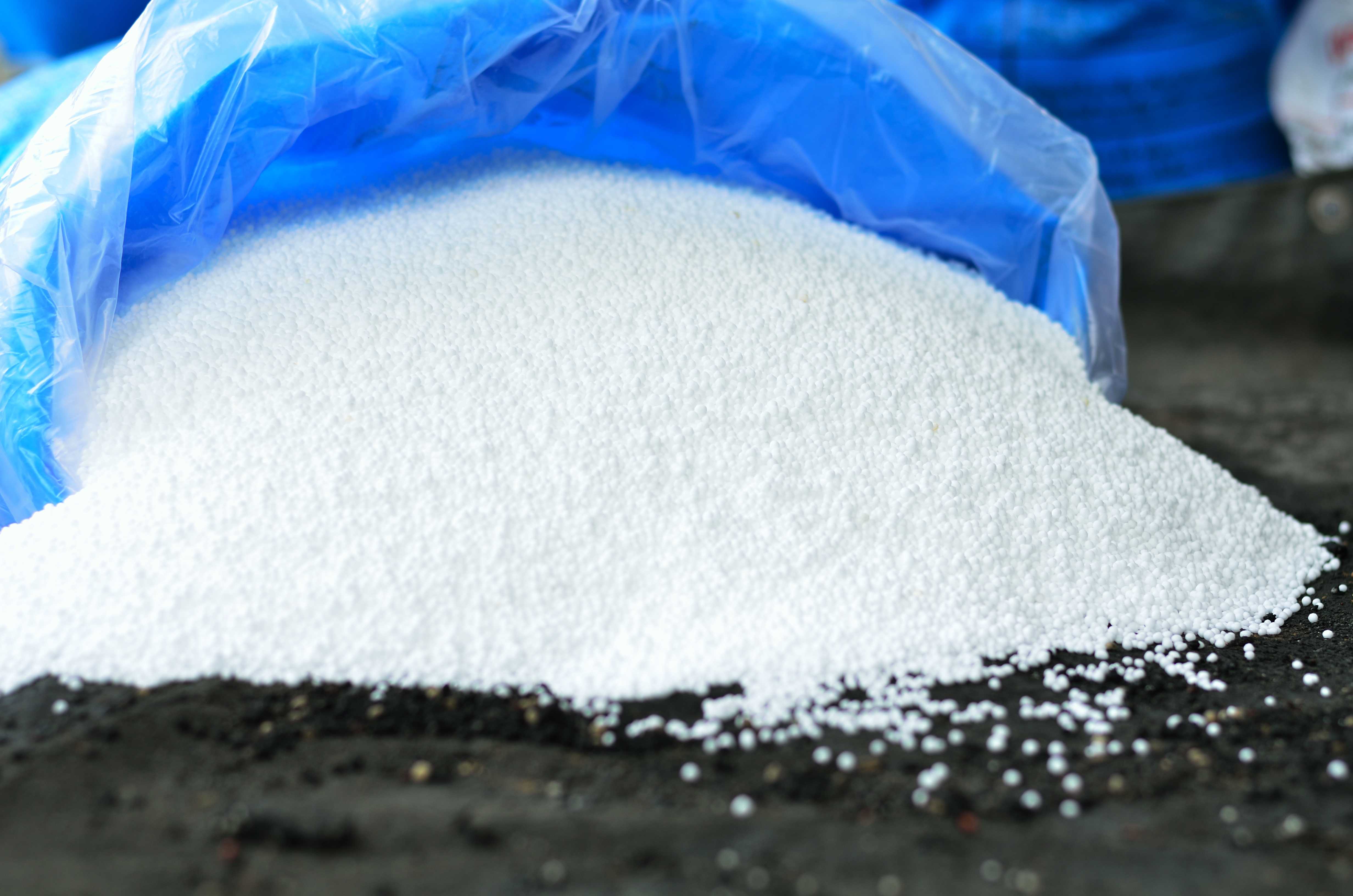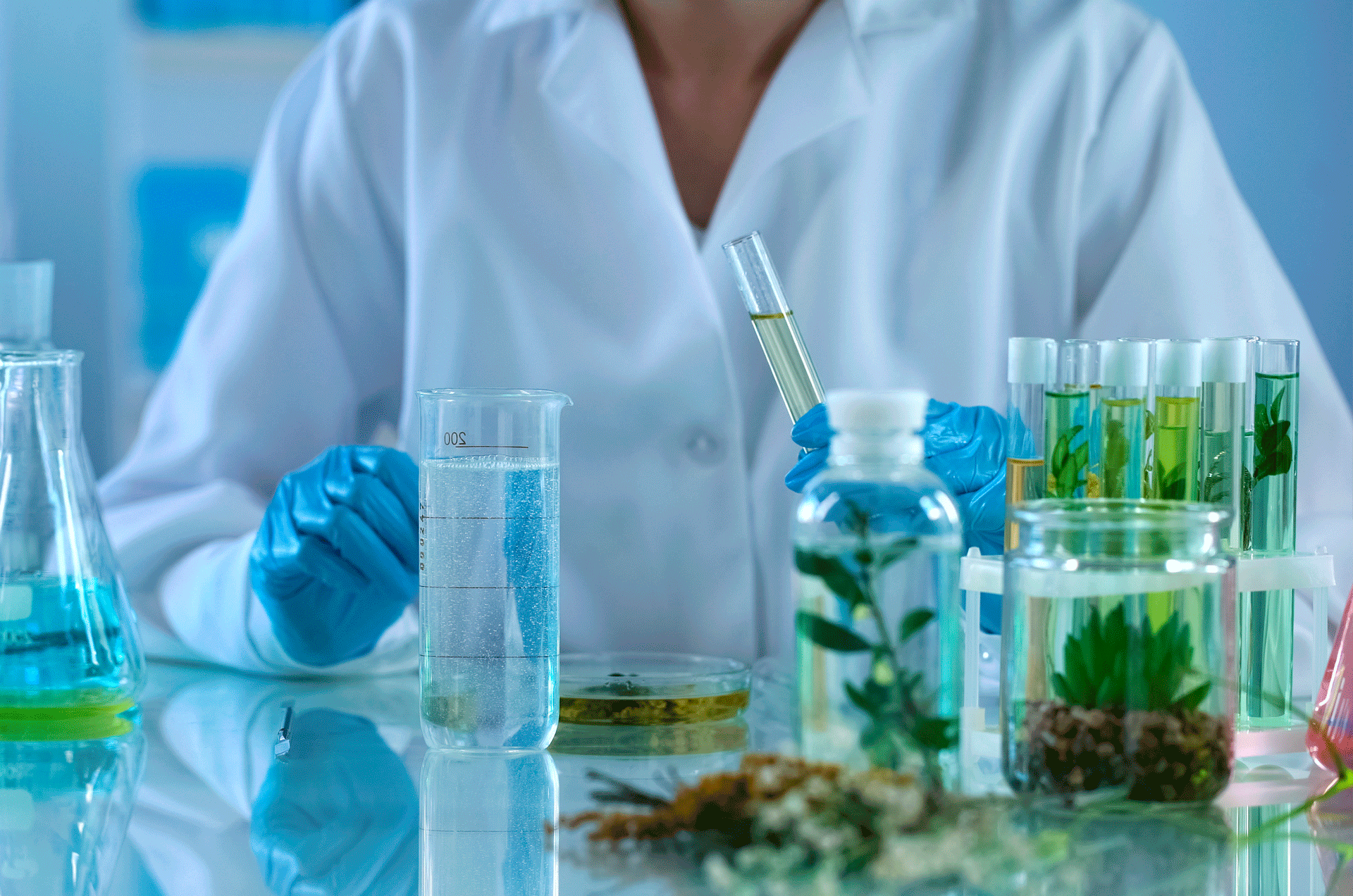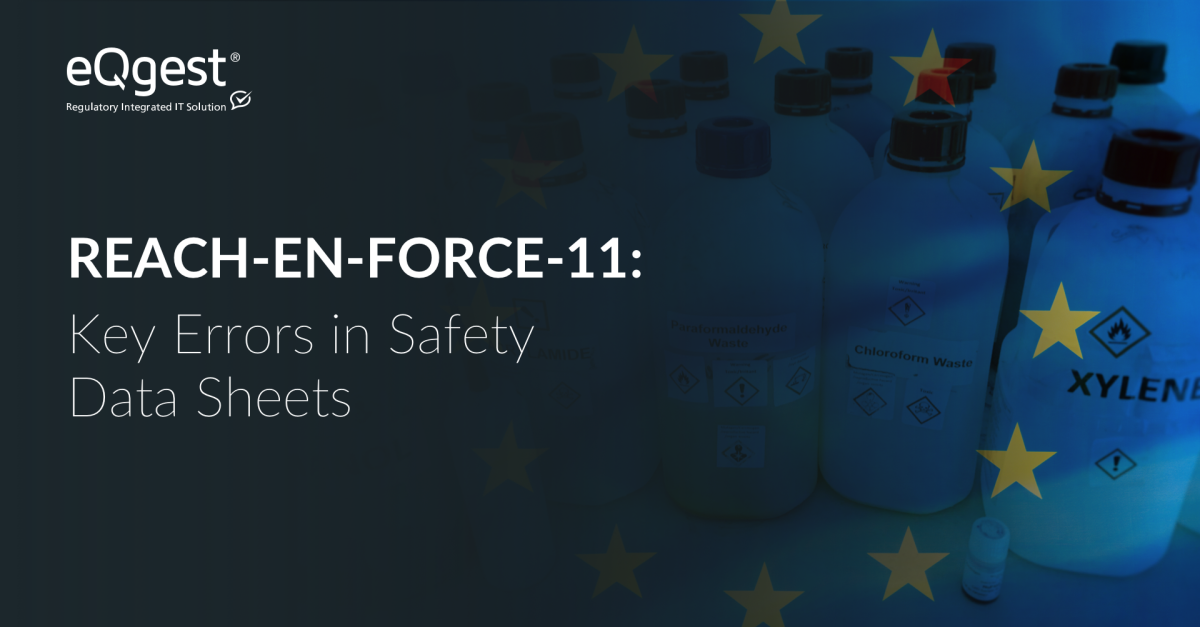Update: New substances added to the SVHC list – November 2025
The Candidate List of Substances of Very High Concern (SVHC) continues to expand with new substances and now includes a total of 251 chemicals. The latest update by the European Chemicals Agency (ECHA) took place on November 5, 2025.
On this occasion, the substance 1,1’-(ethane-1,2-diyl)bis[pentabromobenzene] (DBDPE), identified with CAS number 84852-53-9 and EC number 284-366-9, was added to the list for being considered very persistent and very bioaccumulative (vPvB).
In this article, we explain what DBDPE is, what its inclusion in ECHA’s list means, and a bit about previous updates. To better understand the general context of SVHC, you can refer to another article where we discuss substance classification in more detail.
What is DBDPE?
DBDPE is a brominated flame retardant widely used in the manufacturing of plastics, cables, electronic device housings, and construction materials.
Its high chemical stability and resistance to degradation cause it to persist in the environment for long periods and accumulate in living organisms. Therefore, it poses potential risks to ecosystems and human health.
Public consultation for potential new SVHC substances
The inclusion of DBDPE as a new substance on the SVHC list was already expected, as ECHA had previously announced a public consultation that was ultimately held between June 27 and August 11, 2025.
What does this inclusion in the ECHA list imply?
The inclusion of DBDPE in the SVHC Candidate List introduces new specific obligations and critical deadlines for manufacturers, importers, and distributors under the REACH Regulation.
If your products contain more than 0.1% of this substance, you must:
Update SDS (Safety Data Sheets) provided by EU suppliers and the technical data sheets of affected materials.
Inform your customers about the presence of DBDPE in marketed articles.
Evaluate safer and more sustainable alternatives to replace its use.
Notify ECHA if the article contains DBDPE in quantities exceeding one tonne per year before May 5, 2026.
Inform consumers within 45 days if requested.
Previous updates: new SVHC substances in 2025
In 2025, ECHA had already added 8 new substances to its SVHC list — 5 in January and 3 more in June.
5 new substances in January 2025
On January 21, 2025, ECHA added five new substances to the SVHC list and updated one previous entry:
Octamethyltrisiloxane (CAS 107-51-7) and perfluamine (CAS 338-83-0): Very persistent and bioaccumulative substances used in cleaning products, electrical, electronic, and optical equipment manufacturing.
O,O,O-triphenyl phosphorothioate (CAS 597-82-0): PBT substance used in lubricants and greases.
Reaction mass of triphenyl thiophosphate and tert-butylated phenyl derivatives (CAS 192268-65-8): Identified as SVHC to prevent undesirable substitution, though not registered under REACH.
6-[(C10-C13)-alkyl-(branched, unsaturated)-2,5-dioxopyrrolidin-1-yl]hexanoic acid (CAS 2156592-54-8): Classified as toxic for reproduction, used in lubricants, greases, and metalworking fluids.
Tris(4-nonylphenyl, branched and linear) phosphite: Environmental endocrine disruptor used in adhesives, sealants, coatings, and polymers. Its entry was updated to reflect its intrinsic toxicity and cases where it contains ≥0.1% of 4-nonylphenol.
3 new substances added to the SVHC list in June 2025
On June 25, 2025, ECHA added three new substances to the SVHC List:
A. 1,1,1,3,5,5,5-heptamethyl-3-[(trimethylsilyl)oxy]trisiloxane
CAS number: 17928-28-8
EC number: 241-867-7
Classification: Very persistent and very bioaccumulative (vPvB, Art. 57e of REACH)
Uses: Laboratory reagent, cosmetics, personal care products, perfumes, adhesives, coatings, and cleaning products.
B. Decamethyltetrasiloxane
CAS number: 141-62-8
EC number: 205-491-7
Classification: vPvB (Art. 57e of REACH)
Uses: Common in cosmetics and personal care products; also present in lubricants, greases, polishes, waxes, and car care products.
C. Reactive Brown 51
IUPAC name: Tetra(sodium/potassium) 7-[(E)-{2-acetamido-4-[(E)-(4-{[4-chloro-6-({2-[(4-fluoro-6-{[4-(vinylsulfonyl)phenyl]amino}-1,3,5-triazine-2-yl)amino]propyl}amino)-1,3,5-triazine-2-yl]amino}-5-sulfonate-1-naphthyl)diazenyl]-5-methoxyphenyl}diazenyl]-1,3,6-naphthalene-trisulfonate
EC number: 466-490-7
Classification: Toxic for reproduction (Art. 57c of REACH)
Uses: Textile dye, commonly used in industrial dyeing processes.
At that time, ECHA also announced the opening of a public consultation to analyze the inclusion of a fourth candidate substance: 1,1′-(ethane-1,2-diyl)bis[pentabromobenzene] (DBDPE), a widely used brominated flame retardant — whose inclusion has now been officially confirmed in November
What should companies do after the inclusion of an SVHC substance?
When new updates are announced, any company that manufactures, imports, or markets articles containing any of the newly added substances must:
Notify ECHA, in accordance with Article 7.2 of REACH.
Update their Safety Data Sheets (SDS).
Register information in the ECHA SCIP database, if applicable.
Inform consumers who request it within 45 days.
It is important to highlight that ECHA usually sets a deadline for compliance with these obligations. Staying alert to these dates is essential to avoid regulatory issues.
The constant additions of new substances to the SVHC list by ECHA reinforce the European Union’s commitment to sustainability and environmental protection. This approach promotes the progressive substitution of hazardous substances with safer and more responsible alternatives.
Identification and management of SVHC substances
To handle ECHA’s updates and ensure regulatory compliance, it is highly recommended to rely on specialized software. A great example is eQgest, a tool continuously updated by a highly qualified regulatory affairs team.
For instance, the substance recently added by ECHA has already been incorporated into the latest version of the program, ensuring that its clients can comply with the REACH Regulation efficiently and safely.
The solution is a reference in the field because it is designed to provide preventive and efficient regulatory compliance management, adapting to the specific needs of each company and sector. eQgest can help you comply with REACH and optimize chemical substance management within your organization.
If you would like to learn more about the software, you can schedule a completely free demo or contact one of their sales representatives.
Frequently asked questions about the SVHC List and REACH
What is an SVHC under REACH?
An SVHC (Substance of Very High Concern) is a chemical identified as potentially hazardous to human health or the environment. These substances are regulated under REACH and require special authorisation for use.What does it mean if a substance is on the SVHC list?
It means companies must fulfil specific obligations such as reporting its presence, updating safety data sheets, and ensuring supply chain transparency.How can I know if a product contains an SVHC?
You can verify this by reviewing the product's Safety Data Sheet (SDS), conducting chemical analysis or directly consulting the supplier.What is the deadline for notifying a new SVHC to ECHA?
The deadline is 6 months from the official inclusion date. For substances added on 25 June 2025, the deadline is 25 December 2025.What should my company do if we use a newly added SVHC?
You must:Notify ECHA in accordance with Article 7.2 of REACH
Update the SDS
Register information in the SCIP database (if applicable)
Inform consumers within 45 days upon request
Where can I check the full list of SVHCs?
You can find it on ECHA’s official website: Updated Candidate List of SVHCs.What is the SCIP database?
It is ECHA’s database for information on substances of concern in articles. It promotes transparency throughout the product life cycle and supports the circular economy.
Receive regulatory updates straight to your inbox
Newsletter with updated chemical regulations, regulatory news from the sector, and upcoming webinars — carefully selected for professionals like you.

 + 34 900 802 588
+ 34 900 802 588 Client access
Client access



